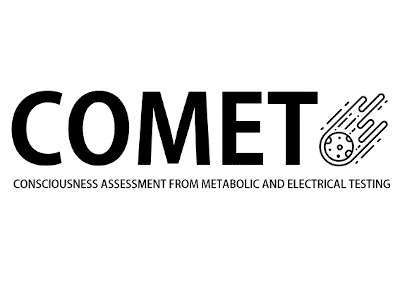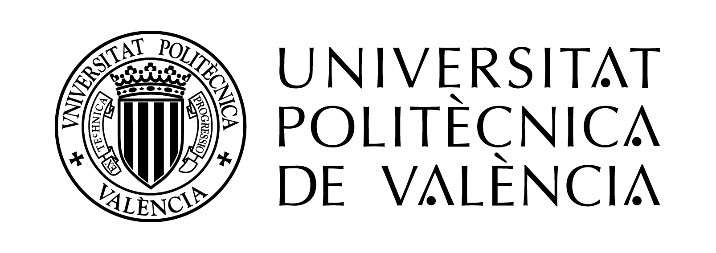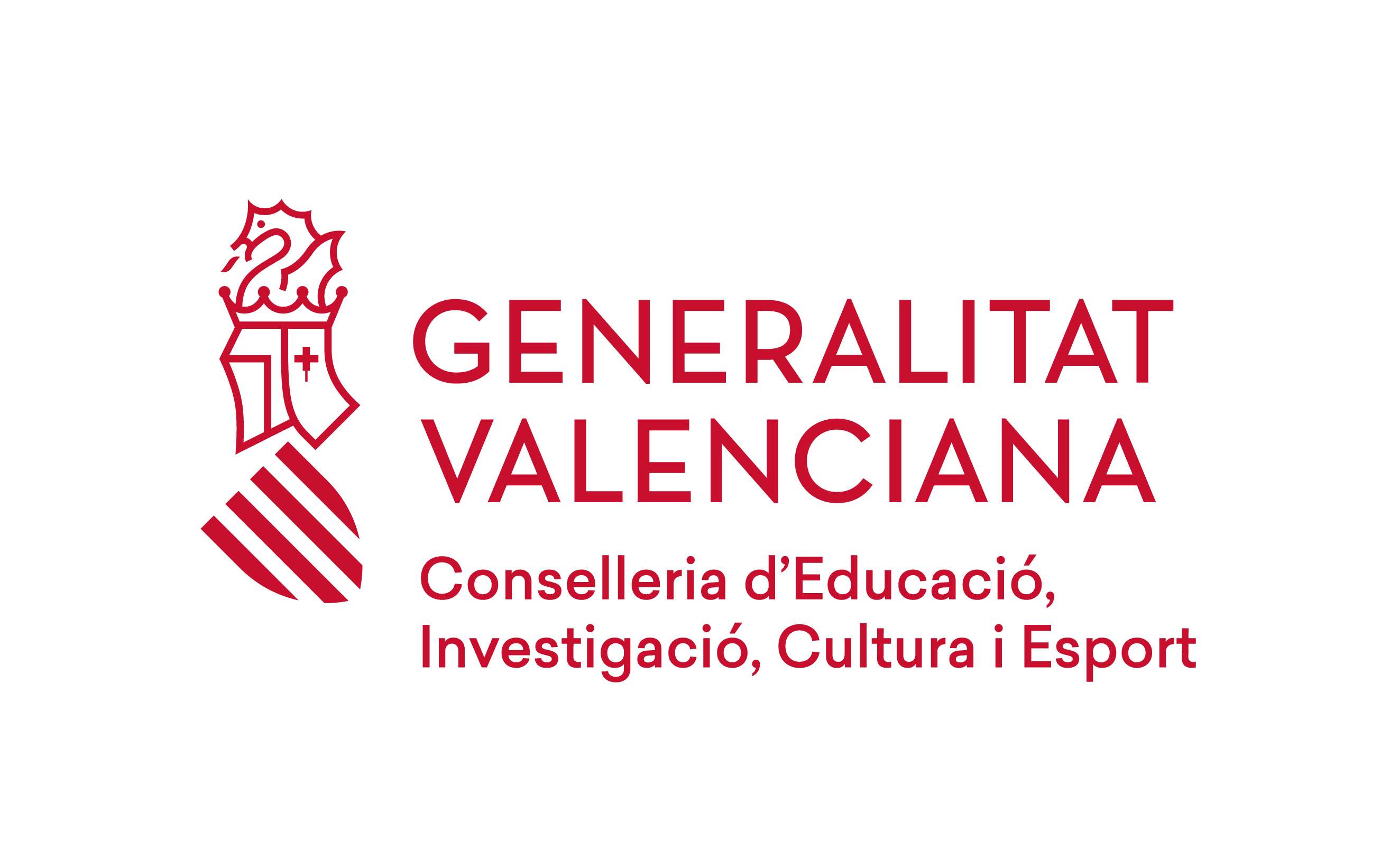

Agency
Lab
Area
Years
Grant Number
Partners
Description
Between 30-40% of cases of acquired brain injury can produce disorders of consciousness. The clinical course of patients in these states can be very varied, ranging from coma, in which they are unable to respond to the environment, to vegetative states, in which reflex motor responses persist, and to minimally conscious states, in which awareness of self or the environment is distinguished. Patients with disorders of consciousness, therefore, represent an enormous diagnostic challenge, because, by definition, their interaction with the environment is very limited. In addition, conventional diagnostic tools have been shown to be heavily biased by therapist interpretation and to provide little reliability and accuracy in characterizing the level of consciousness. In recent years, there is a certain tendency to use brain activity as a possible more accurate and objective diagnostic marker, which is assessed by electroencephalographic and neuroimaging studies, although access to the latter technique is limited and very expensive. Despite the efforts made in this population, the studies carried out to date contemplate information from a single source and analyze the data by means of conventional statistical techniques, which sometimes presents several limitations.
The present project will represent a new paradigm in the diagnosis of patients with disorders of consciousness, which is expected to significantly improve the diagnostic capacity of current assessment instruments. To this end, the project will use a combination of techniques to explore not only the electrical but also the metabolic activity of the brain, as well as other signals from the autonomic nervous system, and advanced data analysis techniques using artificial intelligence. Specifically, the project will use near-infrared functional spectroscopy and electroencephalography technology, together with cardiac and ocular activity to investigate disorders of consciousness, and also artificial intelligence for data analysis. To achieve its objectives, the project has the support of some of the leading experts at European level, and will promote collaboration in multicenter studies.


